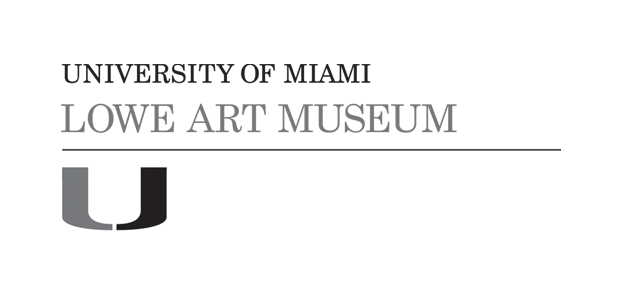Painted Bark Cloth (Ngatu)
Artist/Maker
Artist Unknown
(Artist Unknown)
Datelate 19th to early 20th century
Mediumbark cloth and paint
DimensionsOverall: 149 1/2 x 70 in. (379.7 x 177.8 cm)
ClassificationsVisual Works
Credit LineCollection of the Lowe Art Museum, University of Miami
Terms
Object number84.0034
On View
Not on viewCollections
The designs reflect the Tongan practice of heliaki: “to say one thing but mean another.” In the bands of geometric designs there are triangles joined at the apex, a design inspired by a double canoe with both sides equal. This is a metaphor for status derived from having both parents of equal chiefly rank, an important consideration in the rigidly hierarchic societies of Polynesia. The band also contains a design of concentric squares crossed by diagonals and known as fata. It refers to the complicated roof structure of a chief’s house. Naturalistic designs, mostly plant forms, became increasingly popular at the turn of the 20th century.
Women make Ngatu by beating the inner bark of the mulberry plant over a large, curved pattern board that has been wrapped with cords or a fish net to provide background texture. Stencils of designs may also be laid out over the pattern board and the resulting patterns accentuated by careful hand painting. The women paste numerous smaller squares of bark cloth together to form larger presentation pieces, some as long as 50 meters.













